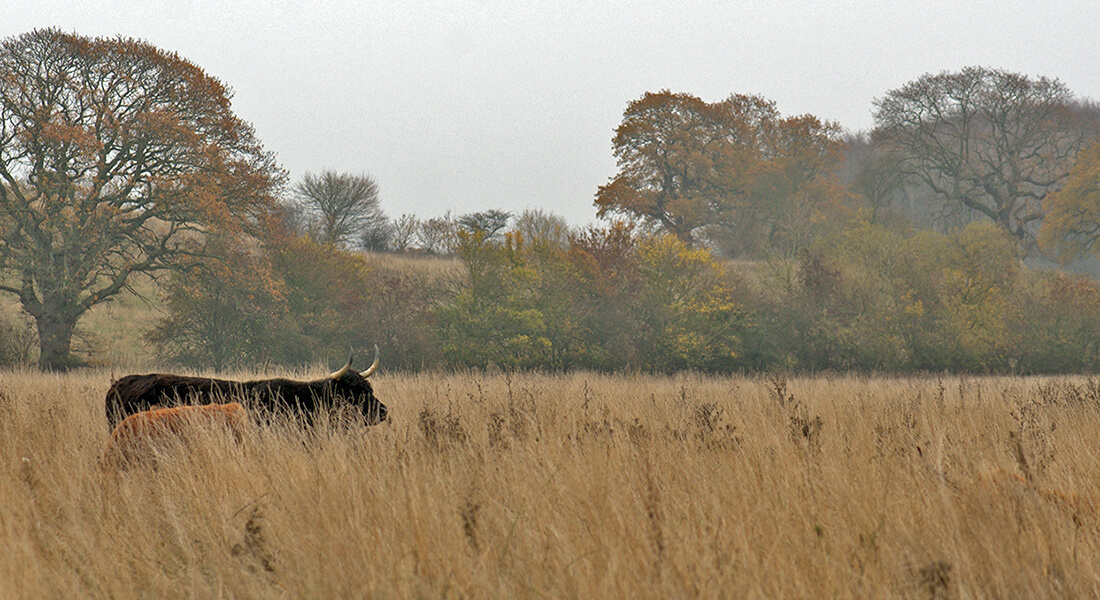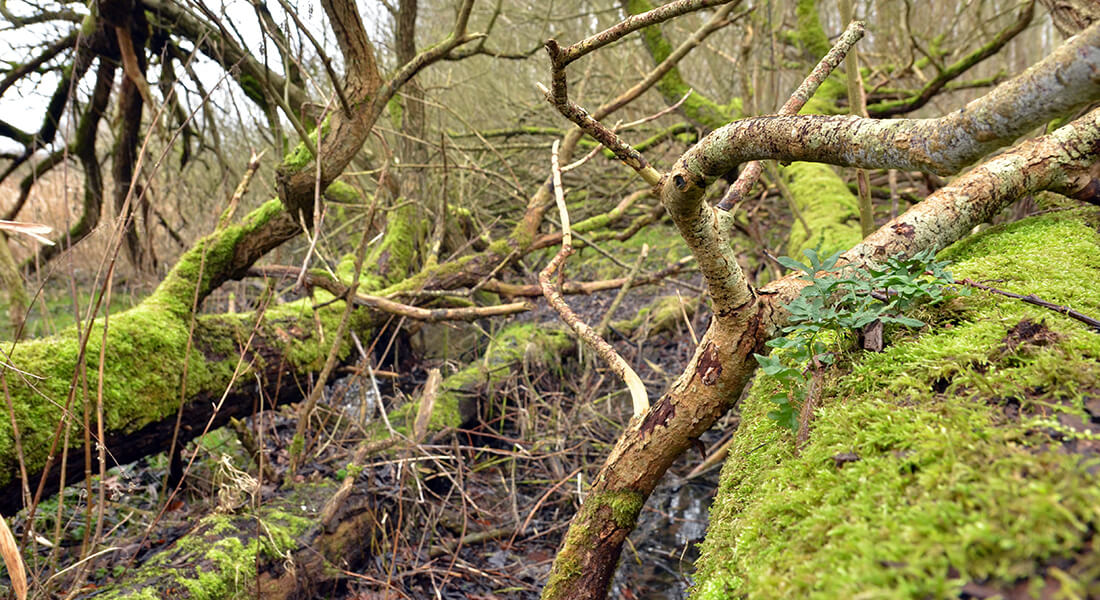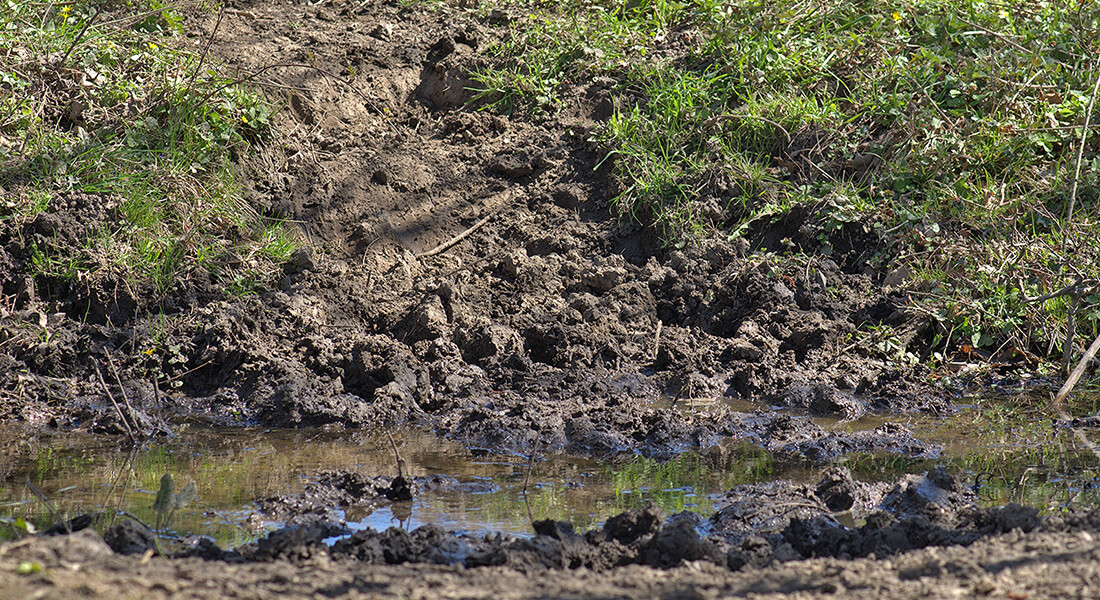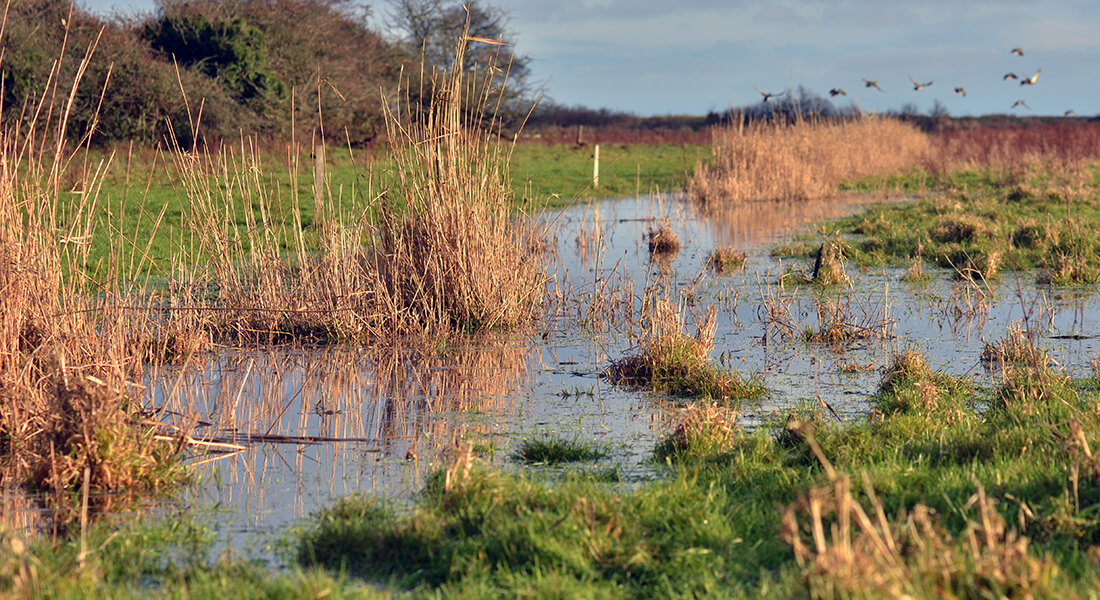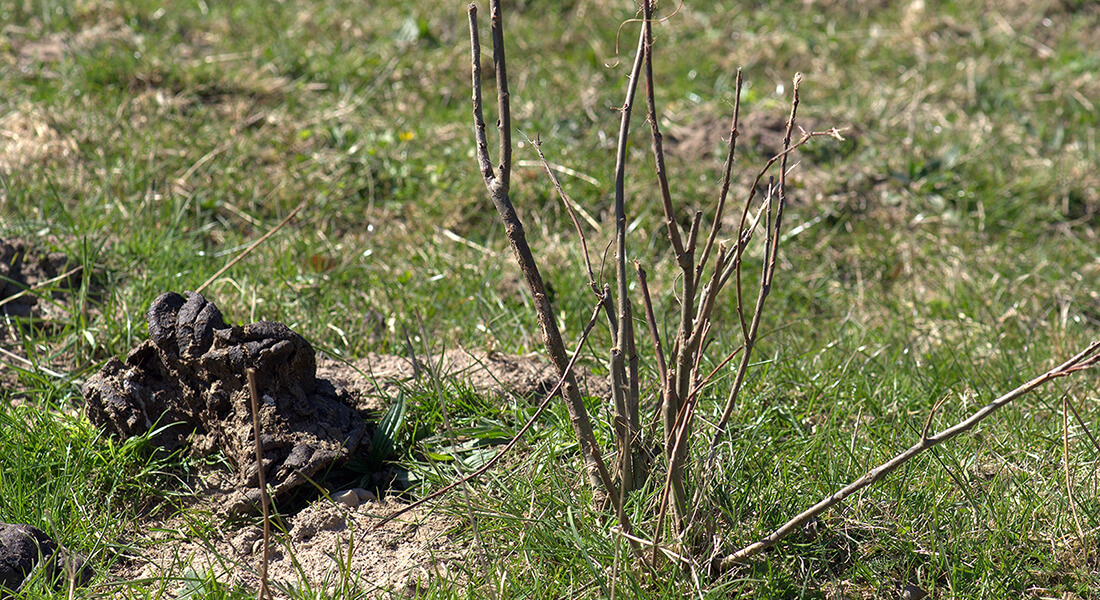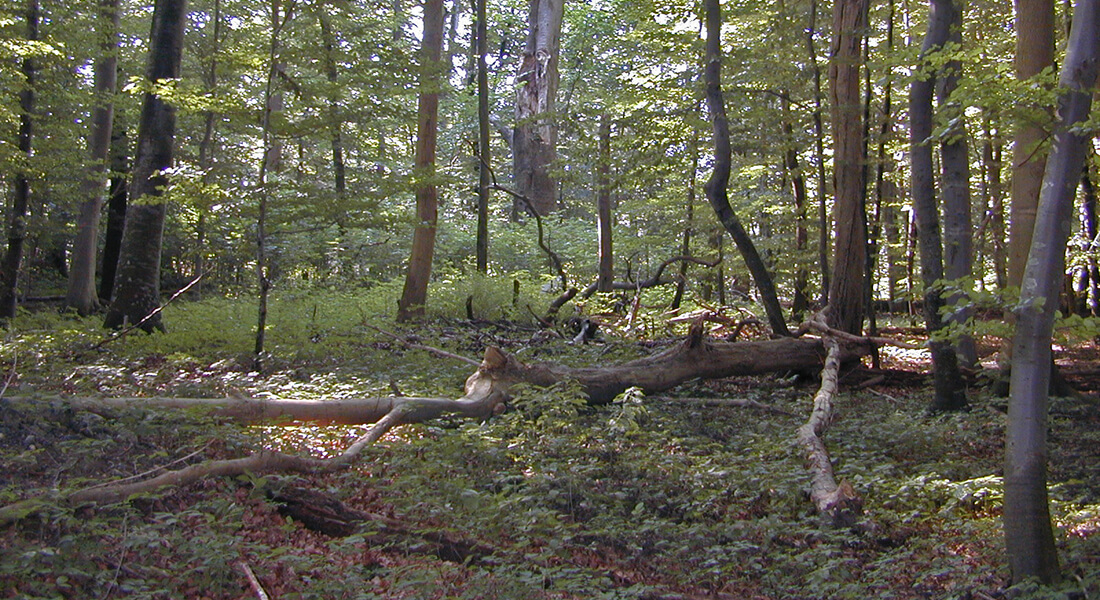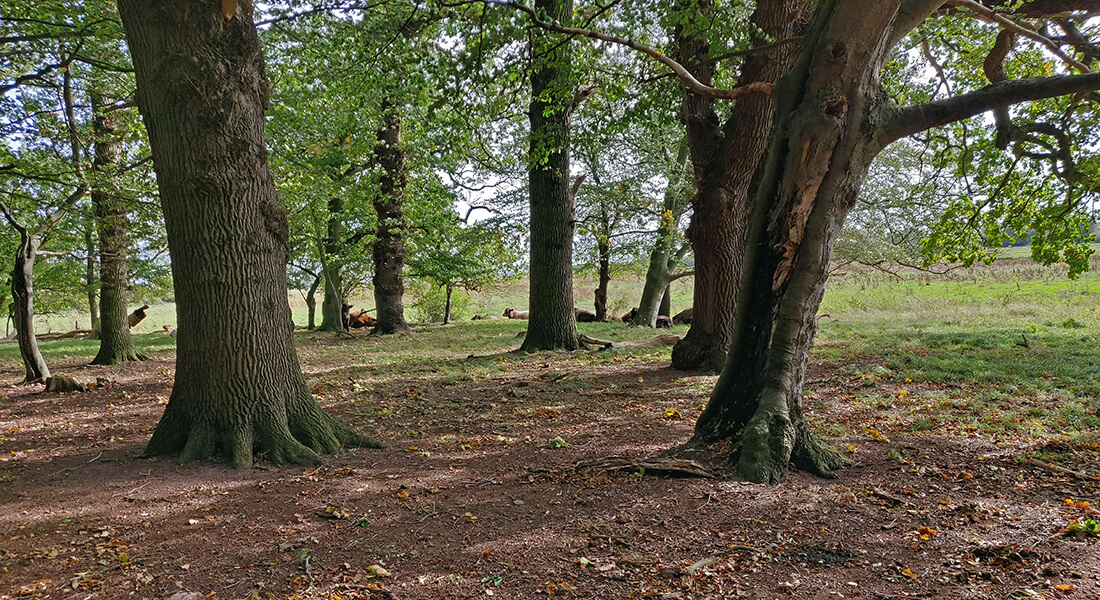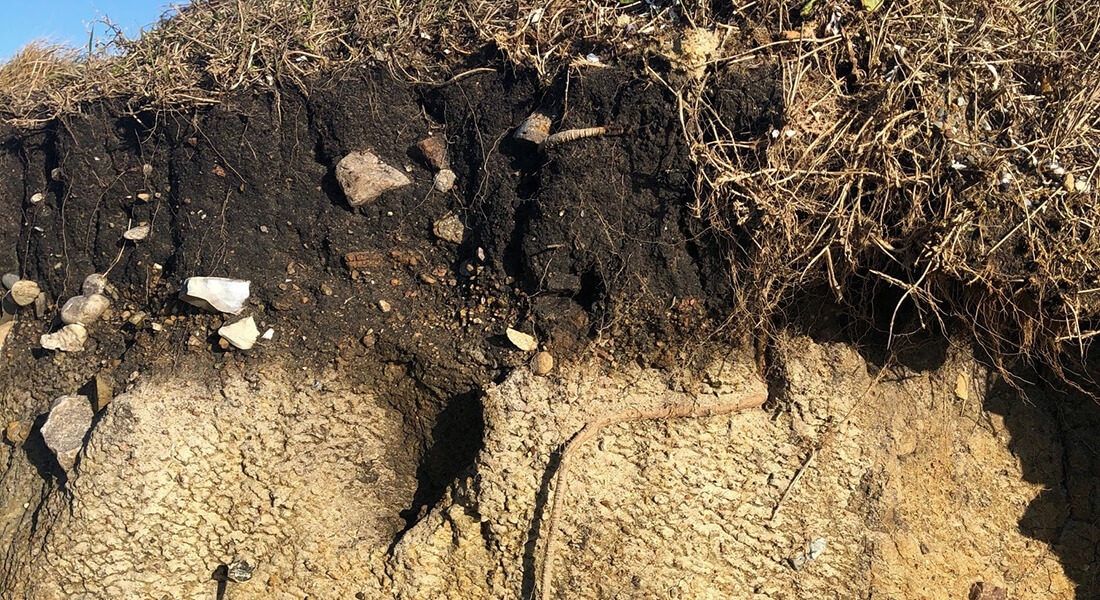WildSoil
Rewilding as a tool for soil carbon capture and greenhouse gas mitigation
Identifying when, where and how rewilding can advance both biodiversity and climate agendas is essential to find the most effective nature restoration strategies for maximum societal gains
Particularly the poor understanding of soil feedbacks to rewilding hampers our ability to make reasonable predictions of the potential contribution to the Green Transition through carbon (C) storage. WildSoil address this knowledge gap by a novel focus on linking rewilding-driven changes in soil C cycling to C persistence and greenhouse gas emissions.
WildSoil aims to answer the question: Can rewilding contribute to soil C capture and GHG mitigation, and does the choice of rewilding strategy (trophic vs. passive) influence this potential?
We hypothesize that the soil C stocks in trophic rewilding will be reduced in the short term by increased emissions, but will surpass stocks in passive rewilding in the long term as more soil C is channeled through soil decomposers into persistent soil C pools.
We combine field and laboratory studies with modelling to evaluate passive (abandonment) and trophic (reintroduction of grazing and browsing animals) rewilding impacts on the short- and long-term soil C-dynamics.
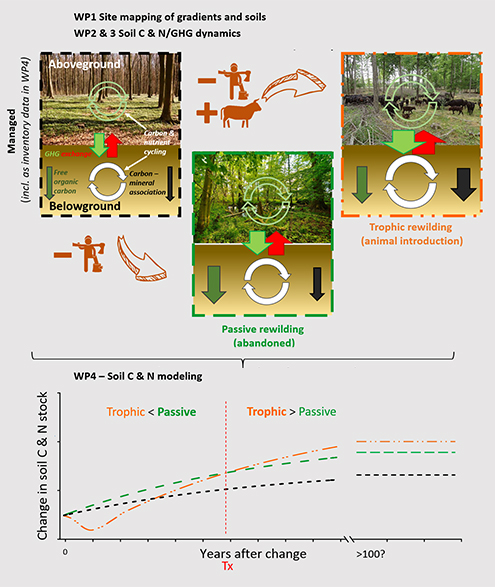
WildSoil will study passive and trophic rewilding impacts on soil carbon and greenhouse gas dynamics in forest, grassland and wet meadows with past and current research on biodiversity effects and work at sites that have been rewilded at different times in recent centuries to study decadal scale trends in soil carbon and GHG emission dynamics.
Figure 1 shows the concept of WildSoil with the four workpackages (WP1) and hypothesized responses of belowground C/N and GHG dynamics (left panel) and long-term development of the soil C & N stocks (right panel) in managed (black, from inventory data), passive (green) and trophic (orange) rewilded landscapes. Tx is the point in time where trophic rewilding surpasses passive rewilding in soil C and N stocks.
WP1: Mapping of site heterogeneity and soil analysis of rewilded sites
Lars Vesterdal (KU) and Elizabeth le Roux (AU) lead this WP and here we characterize the spatial variability within chosen rewilded sites as gradients in vegetation, herbivore use, soil environment, soil C and N pools and soil organisms. This WP forms the basis for research in WP2 – 4.
WP2: Persistence of soil organic matter pools as regulated by rewilding
Carsten W. Müller (KU) leads this WP investigating the quantity and distribution of soil organic matter fractions representing the major C and N pools and the fate of fresh organic matter in soils under passive vs. trophic rewilding. We use fractionation methods, advanced C-CPMAS NMR spectroscopy and carbon and nitrogen isotopes.
WP3: Greenhouse gas exchange and environmental and animal controls
Jesper R. Christiansen (KU) leads this WP and here we investigate how carbon and nitrogen in the soil are transformed to the greenhouse gases CO2, CH4 and N2O. We link these dynamics to edaphic factors, animal mediated physical disturbances and carbon/nitrogen substrate changes. We use laser spectroscopy to measure gases in the field and laboratory.
WP4: Modeling the fate of soil C in rewilded landscapes
This WP will be led by the post-doc in WildSoil. The research is based on experimental data from WP1 – 3 and will consist of developing soil carbon and nitrogen models at the pedon level for upscaling to the ecosystem level.
Dr. François-Xavier Joly
University of Vienna, Austria
Expert on soil faunal/microbial communities and C-dynamics.
Professor Yadvinder Malhi
School of Geography and the Environment, University of Oxford, United Kingdom
Expert on C fluxes in forest and rewilded ecosystems from Arctic to the tropics.
Dr. Rose Abramoff
Oak Ridge National Laboratory, United States
Lead developer on the Millennial Soil C model.
Professor Ben Smith
Western Sydney University, Australia
Lead developer of the LPJ-GUESS ecosystem carbon and nitrogen model.
Researchers
Internal researchers
| Name | Title | Phone | |
|---|---|---|---|
| Carsten W. Müller | Associate Professor | +4535334125 | |
| Jesper Riis Christiansen | Associate Professor - Promotion Programme | +4535336942 | |
| Klaus Steenberg Larsen | Associate Professor | +4535337654 | |
| Lars Vesterdal | Professor | +4535331672 |
Funded by:

Project WildSoil has received a five year funding from DFF, Independent Research Fund Denmark
Project: WildSoil - Rewilding as a tool for soil carbon capture and greenhouse gas mitigation
Period: 2022 to 2026
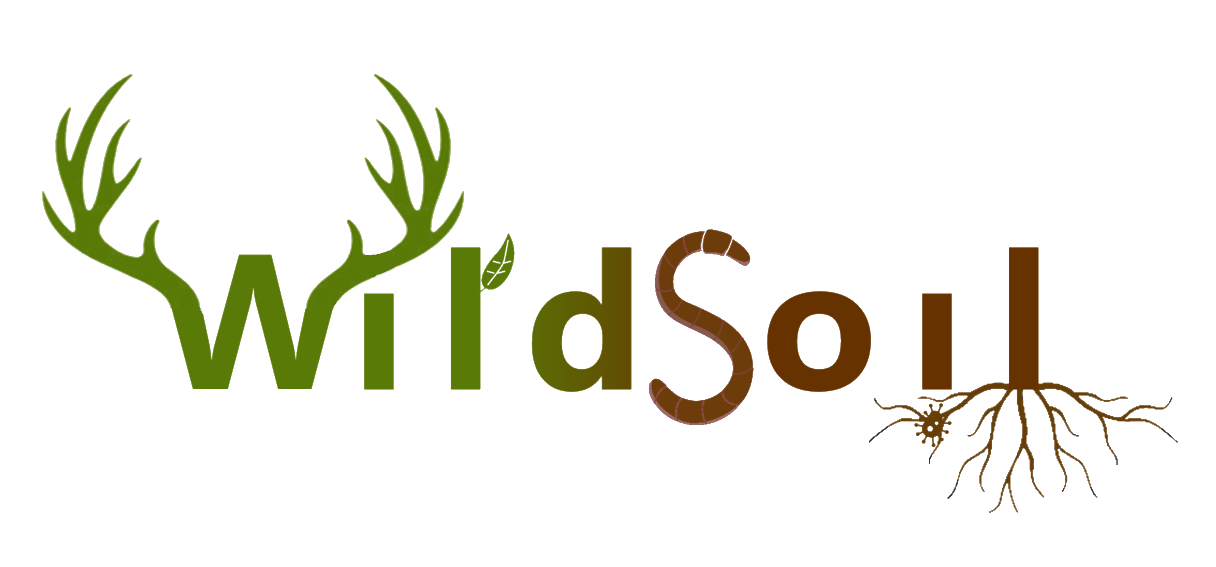
External researchers
| Name | Title | ||
|---|---|---|---|
| Jeppe Ågård Kristensen School of Geography and the Environment, University of Oxford |
Carlsberg Foundation Visiting Fellow | ||
| Elizabeth le Roux Department of Biology - Ecoinformatics and Biodiversity, University of Aarhus |
Assistant Professor | ||

